Spiny cocklebur identification and control
Information about the noxious weed spiny cocklebur. Spiny cocklebur is also known by its Latin name, Xanthium spinosum.
About this weed
Spiny cocklebur is a non-regulated Class C noxious weed. This means due to how widespread it is, property owners are not required to control this species on their property, though it is encouraged.
Spiny cocklebur is known as Xanthium spinosum, and it is in the aster family. Other common names include prickly burweed and Bathurst burr.
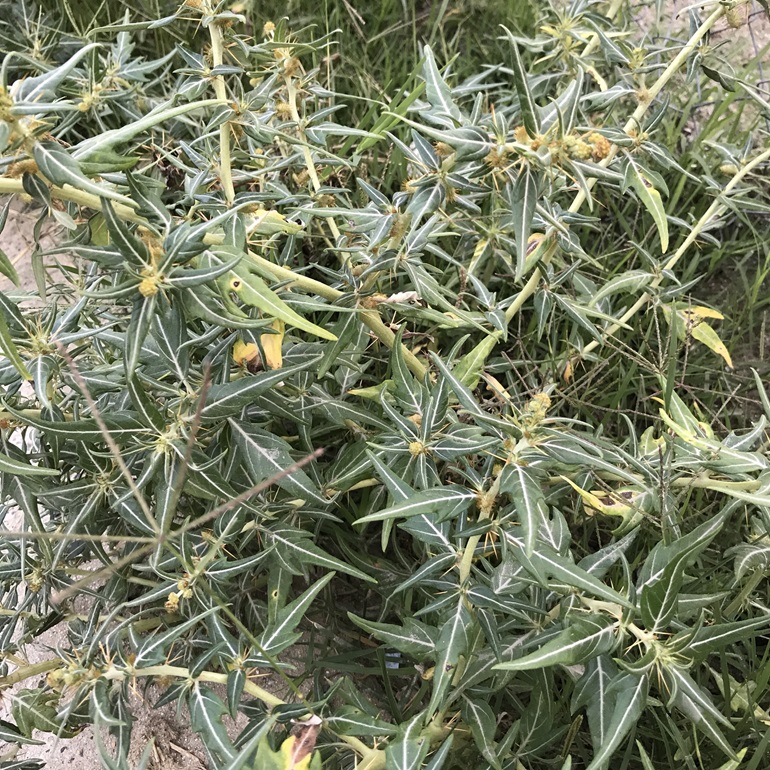
Why it's a problem
Spiny cocklebur competes with summer crops and is an irritant to pickers in hand-harvested crops. It easily becomes tangled in the hide of cattle and horses and the wool of sheep. Parts of the plant are poisonous to livestock and humans.
Plant description
Originally from South America, the spiny cocklebur is adapted to a variety of climates and soil types, hence its wide distribution. It is often found in cultivated fields, wastelands, farmyards, flood plains and along waterways.
The spiny cocklebur is an erect annual (one year life cycle) plant with many branches. The ‘spiny’ in the name comes from the yellow 1-inch-long 3-part spines found in leaf base and at stem nodes (solid sections along stem that resemble knees). The fruit is a half inch egg-shaped burr with many hooked spines, some with straight spines at their ends. Each burr has 2 seeds. They are flat and brown.
The hooked spines on the fruit will attach to animals and allow it to be transported long distances. It reproduces entirely by seed. Since each burr has two seeds, generally one will grow the first year and the second will not start until the second or third year. The seeds may however remain viable for up to 8 years.
The leaves are arranged alternately (leaves grow staggered, without a pair on the stem) along the stem and are 1 to 2.5 inches long. They are lance shaped with irregular teeth along the edges. The bottom of the leaves has soft white hairs while the top has distinct white veins.
The stems are erect, branched, slender and hairy. The plant can grow as much as 3.5 feet in height.
The flowers are not very distinct from the rest of the plant as they are also green. They grow between the leaves and the stems and at the end of an erect stem.
When small they can be distinguished by their relatively large waxy cotyledons (early leaves) from other similar species.
The seeds and the seedlings of the spiny cocklebur are poisonous to livestock and humans.
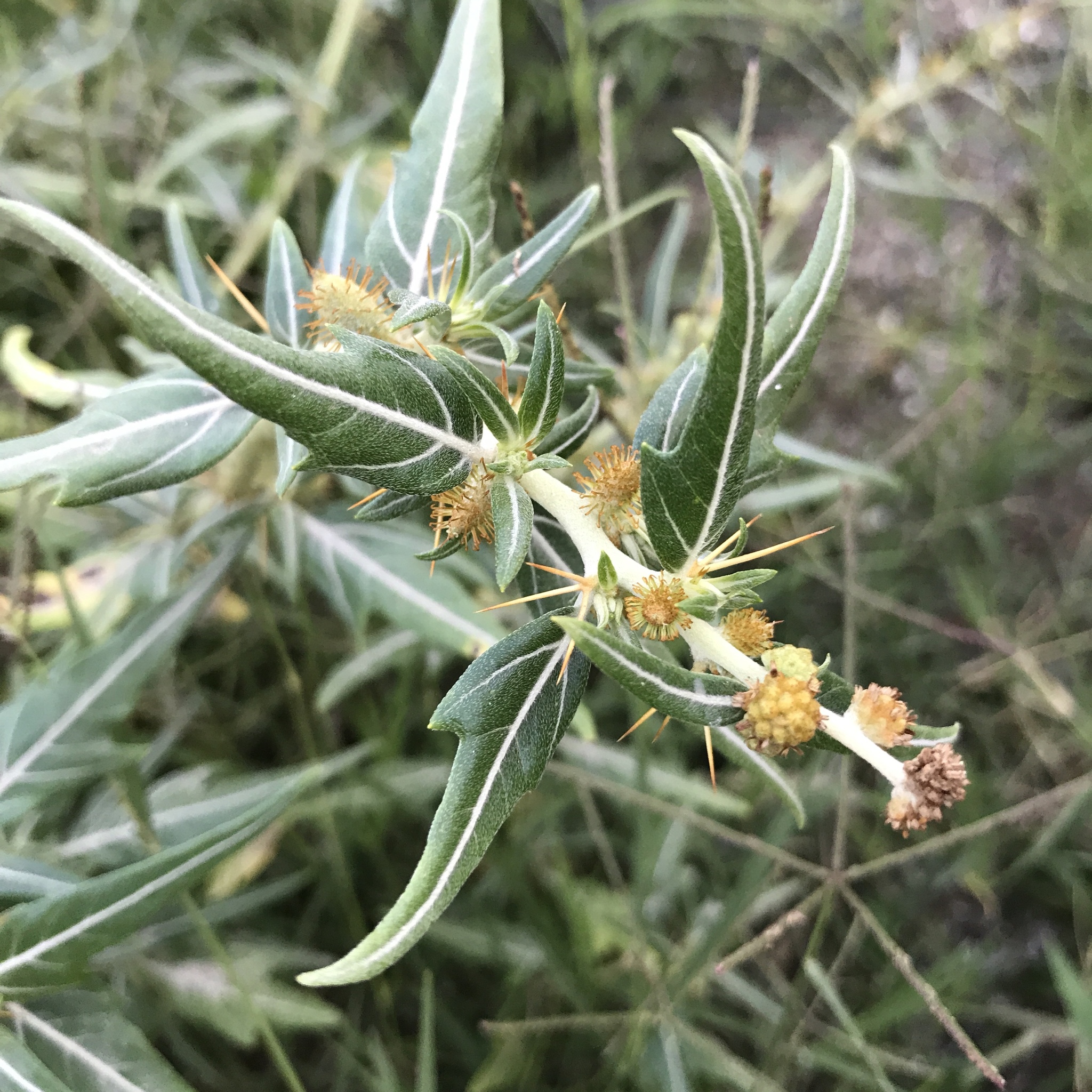
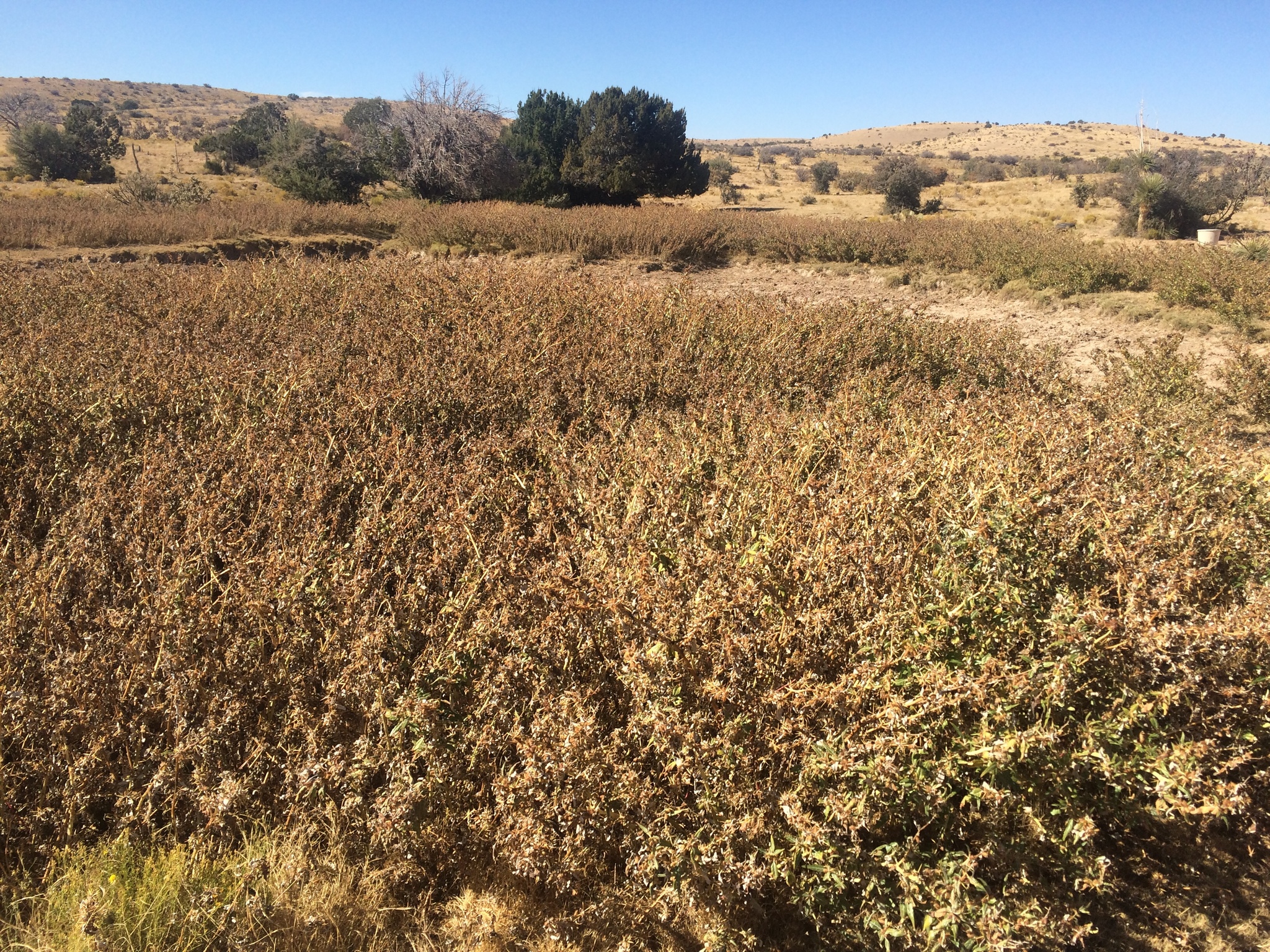
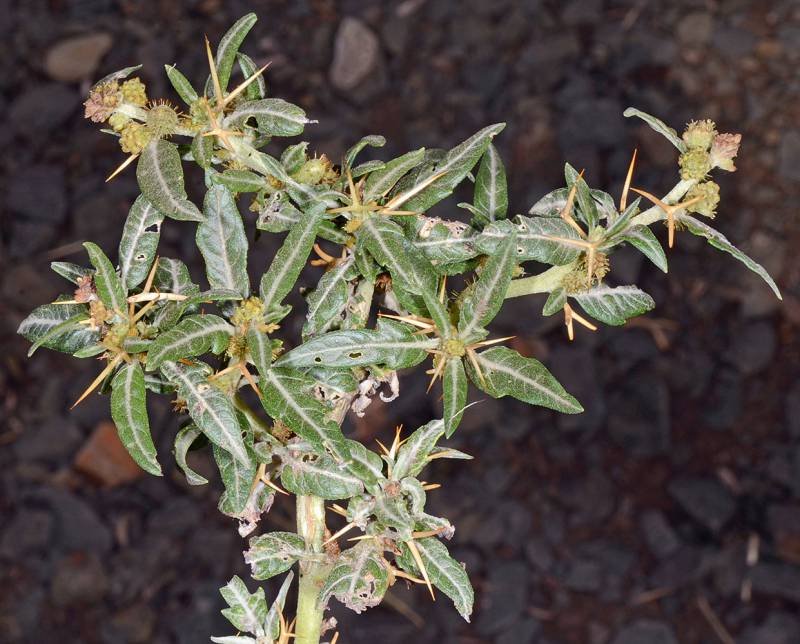
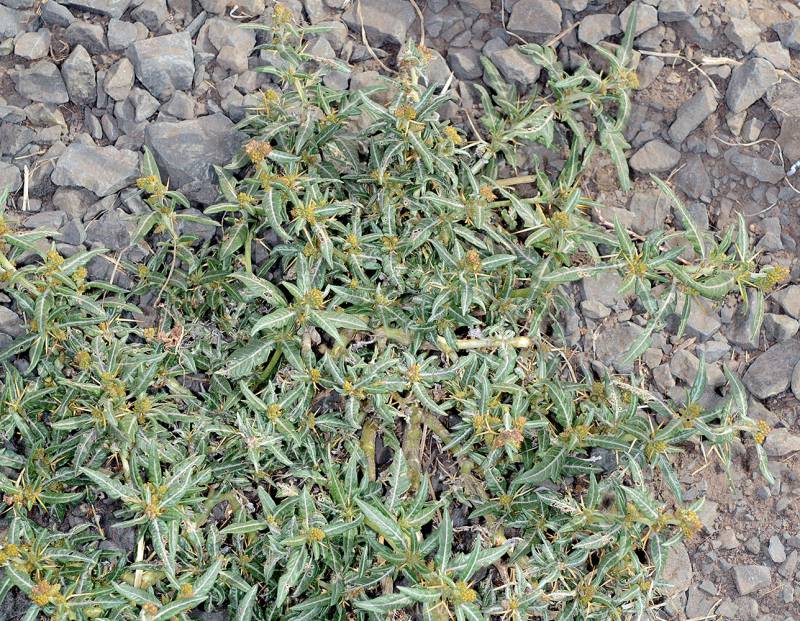
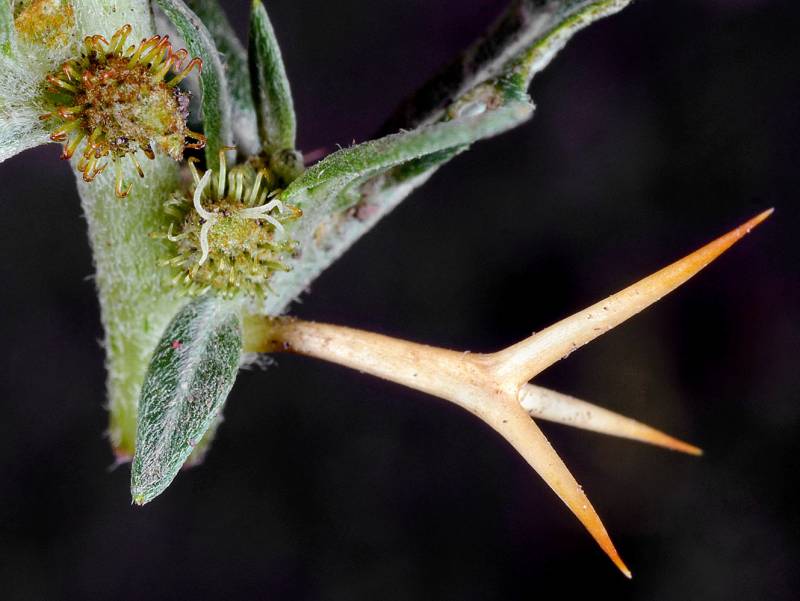
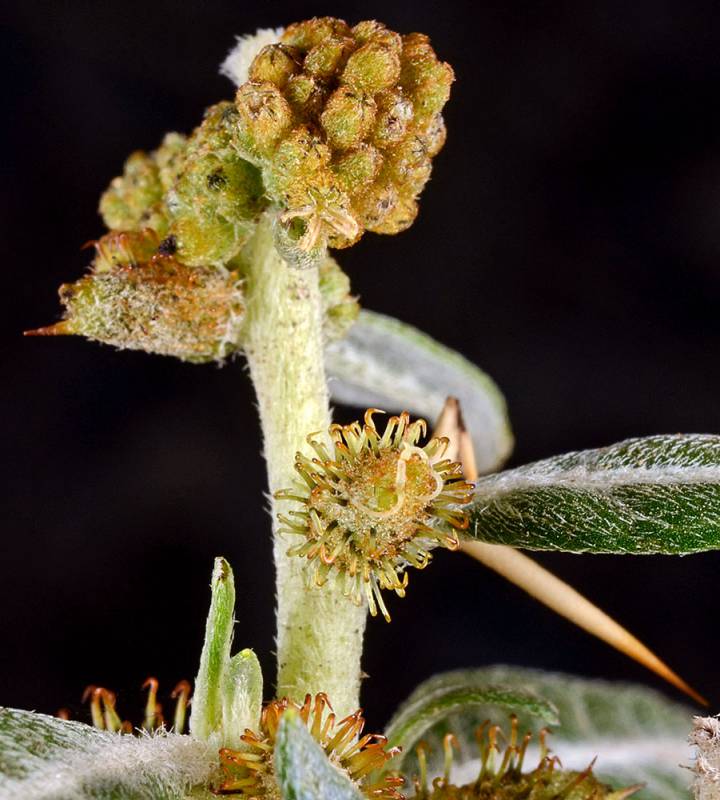
Be aware of look-alike plants
None known.
When in doubt, take photos and share them with us, or report them on iNaturalist, or EDDMapS.
What to do if you find it
Because spiny cocklebur is so widespread, property owners in King County are not required to control it. King County is not generally tracking infestations. We can provide advice on how to control spiny cocklebur, but there is generally no legal requirement to do so. The King County Noxious Weed Control Board [LINK: Noxious weeds/noxious weed control board] encourages property owners to remove spiny cocklebur where possible, and to avoid introducing it to new landscapes.
Control methods
We recommend using a combination of methods to control noxious weeds. In areas with few weeds, it is important to act quickly before they become harder to control. Make a long-term plan as it often takes several years to get rid of most weeds. Start in the least infested areas first and then move into more heavily infested areas.
Manual control
Wear gloves and protective clothing to prevent skin irritation. Control the population before the formation of fruit to stop the spread.
On farmland, cultivation can prevent seedlings from establishing. This must be done repeatedly for at least three years.
Mechanical control
If done before burr formation, mowing or slashing is effective.
Chemical Control
See the PNW Pest Management Handbook for the most up to date and specific method for chemical control of spiny cocklebur.
Stay safe when using herbicide:
- Always read the label before use.
- Wear a long-sleeved shirt, long pants, shoes, and eye protection.
- Follow state and local regulations.
For more information or a site-specific recommendation in King County, contact the noxious weed program. For information in other locations, contact your local weed board or extension office.
Disposal instructions
Because the seeds can lay dormant for about 3 years, bag and dispose of the seeds separately. The rest of the plant may be composted.
Washington State Noxious Weed Control Board pamphlet on noxious weed disposal

 Translate
Translate